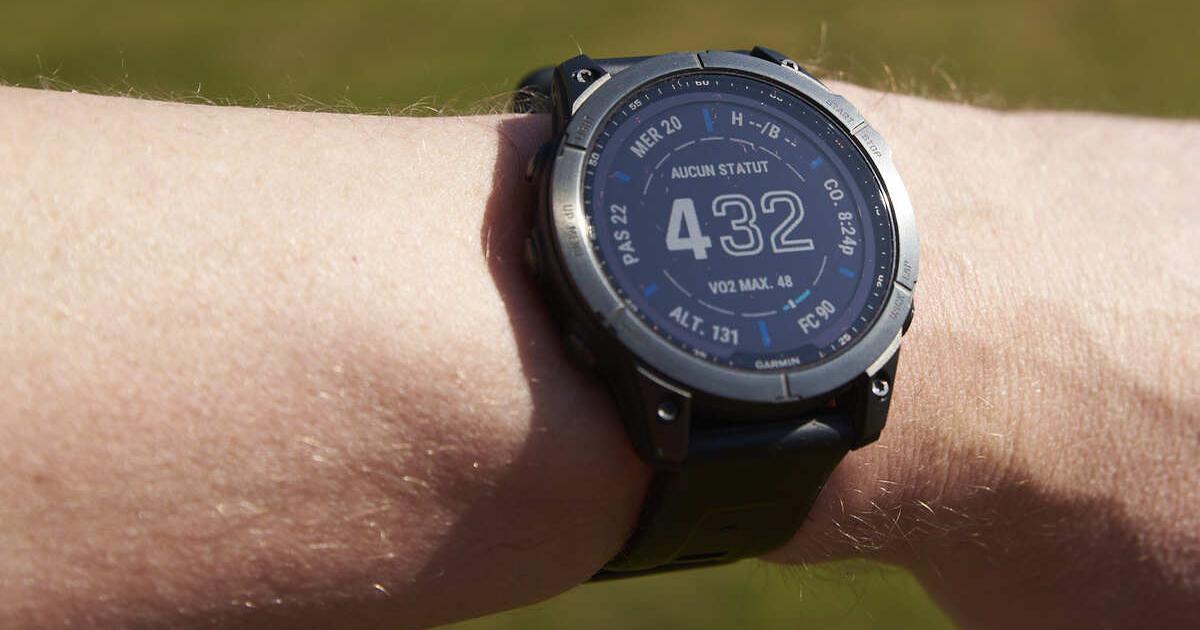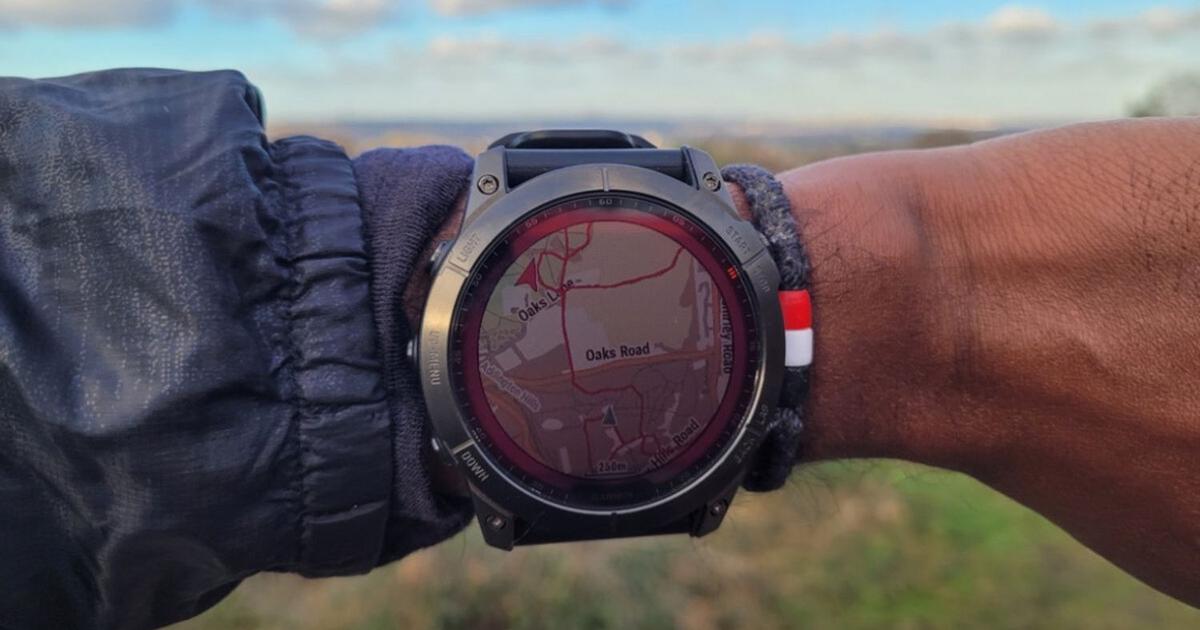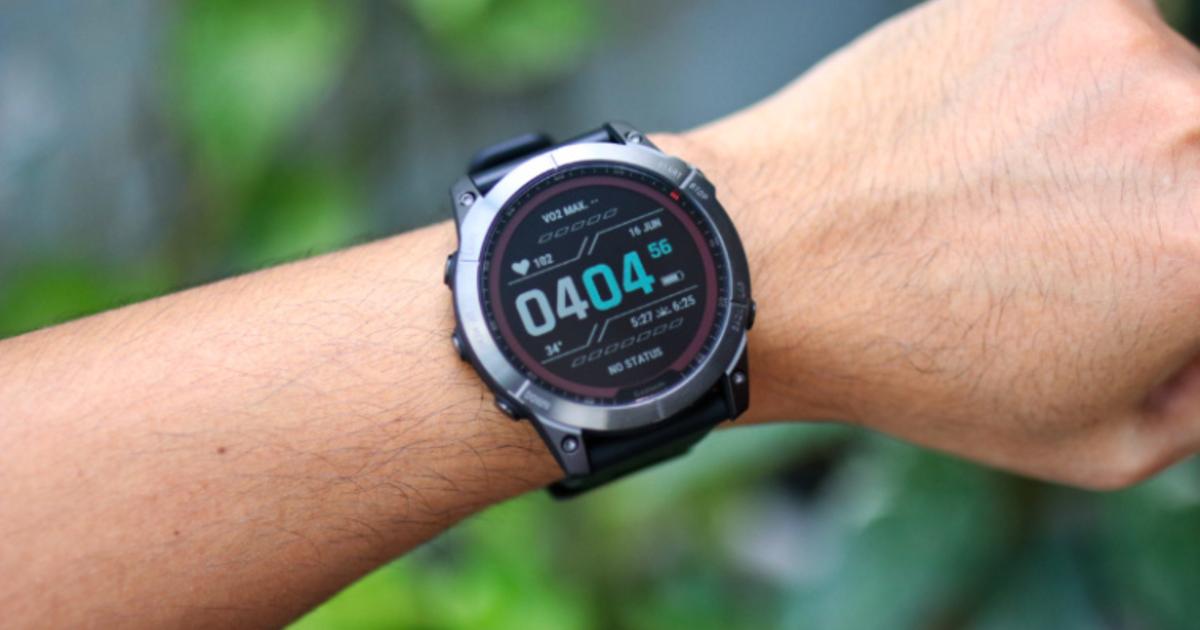- Click to share on Facebook (Opens in a new window)
- Click to share on Twitter (Opens in a new window)
- Click to share on LinkedIn (Opens in a new window)
- Click to email a friend (Opens in a new window)
What were the sacrifices like in the times of the Maya? (December 2019) 1:01
(CNN) - For decades, archaeologists have kept their eyes on the ground as they traversed the jungles trying to detect traces left behind by lost civilizations like the Khmer Empire in Cambodia and the Mayans in Mexico and Central America.
It is painstaking work that has taken entire careers to complete.
But now, archaeologists, or at least their tools, are going to heaven.
A new remote sensing technique called lidar, or light detection and range, can produce detailed models of any terrain, revealing secrets generally hidden by the tree and forest canopy.
This laser mapping is increasing the speed and scale of archaeological discoveries and has now revealed the oldest and largest ceremonial structure ever built by the Maya, covering more ground than the Great Pyramid of Giza, Egypt.
“It is so large horizontally that if you walk around the site it looks like a part of the natural landscape. You wouldn't recognize its rectangular shape. But it came out well in the lead, "said Takeshi Inomata, a professor of anthropology at the University of Arizona and the lead author of an article on the discovery, published Wednesday in the journal Nature .
Aerial view of the southwestern part of Aguada Fénix.
“Without the leader, we would probably recognize the importance of this site eventually. But it would have taken many seasons of laborious mapping on the ground, ”he said.
Called Aguada Fénix, this previously unknown Mayan site in Tabasco, Mexico, was built between 1,000 BC. C. and 800 a. C. The huge elevated platform is 10 to 15 meters above the surrounding area with nine causeways extending from the platform.
Inomata said its volume, 3.8 million cubic meters, is larger than the Great Pyramid of Giza (2.6 million cubic meters) - although it is much shorter than the pyramid.
The platform would have been used for rituals, and the team found jade axes and other precious objects at its center, Inomata said.
Precious stone objects were found from 1,000 to 700 BC
“The ritual possibly involved processions on the causeways and the gathering of large numbers of people in the rectangular plaza. It was a meeting place for the community, which probably motivated them to build it. "
The Mayans were a Mesoamerican civilization that flourished in Mexico and Central America from 2000 BC to the time of the Spanish conquistadors in the 16th century. They are known for their tallest and most stepped pyramids built in places like Chichén Itzá.
Inflection point
Lídar has revolutionized the field of archeology in the same way that the discovery of radiocarbon dating did in the 1940s, said Patricia McAnany, a Mayan archaeologist and professor at the University of North Carolina at Chapel Hill, who is not participating on the research.
The technique is based on laser pulses, which are emitted from an airplane or drone, and the recovered signals generate data. Image processing can generate bare terrain models from which vegetation has been digitally removed.
"Straight lines and corners in a bare terrain model suggest elements that have human rather than geological origins," McAnany wrote in a comment on the study also published in Nature .
Previously it took years of fieldwork to map a large ancient Mayan city like Tikal in Guatemala and Caracol in Belize, McAnany said in the comment.
"I have spent thousands of hours of field work walking behind a local person with a machete in hand cutting straight lines through the forest," McAnany said. "This process creates a grid within which archaeologists proceed on foot to locate any structures present. Then, after more machete cuts to reveal the corners, shape, and height of old constructions, the structures could finally be mapped.
In addition to mapping Aguada Fénix, the team also conducted excavations and discovered ceramic vessels and other objects.
"The imaging images of an airplane flight can provide more information than decades of conventional archaeological studies can generate," he said.
Human collaboration
This latest discovery throws up a central question in archeology: how did community life develop? Did you start with sedentary life in small villages or regular meetings for ritual activities, such as religious or astronomical celebrations?
McAnany said sedentary life was thought to have paved the way for ritual gatherings, but new evidence is emerging that suggests it was the other way around.
At the recently discovered site, the study said the lack of residential platforms suggests that its inhabitants led at least partially mobile lives.
Stone sculpture found in Aguada Fénix.
LOOK : The hidden face of the Mayan civilization in Tikal in Guatemala
Inomata said the discovery also challenges the traditional view that large ancient construction projects required powerful elite and social inequality.
No clear indicators of marked social inequality were found, such as sculptures representing high-status individuals, Inomata said, meaning that the construction of Aguada Fénix was carried out in "the absence of a powerful elite."
“Although there were probably some leaders who played central roles in planning and organizing such work, the main factor was the voluntary participation of the people in such constructions. It tells us the potential for human collaboration that does not necessarily require centralized government. "
Mayan civilization















